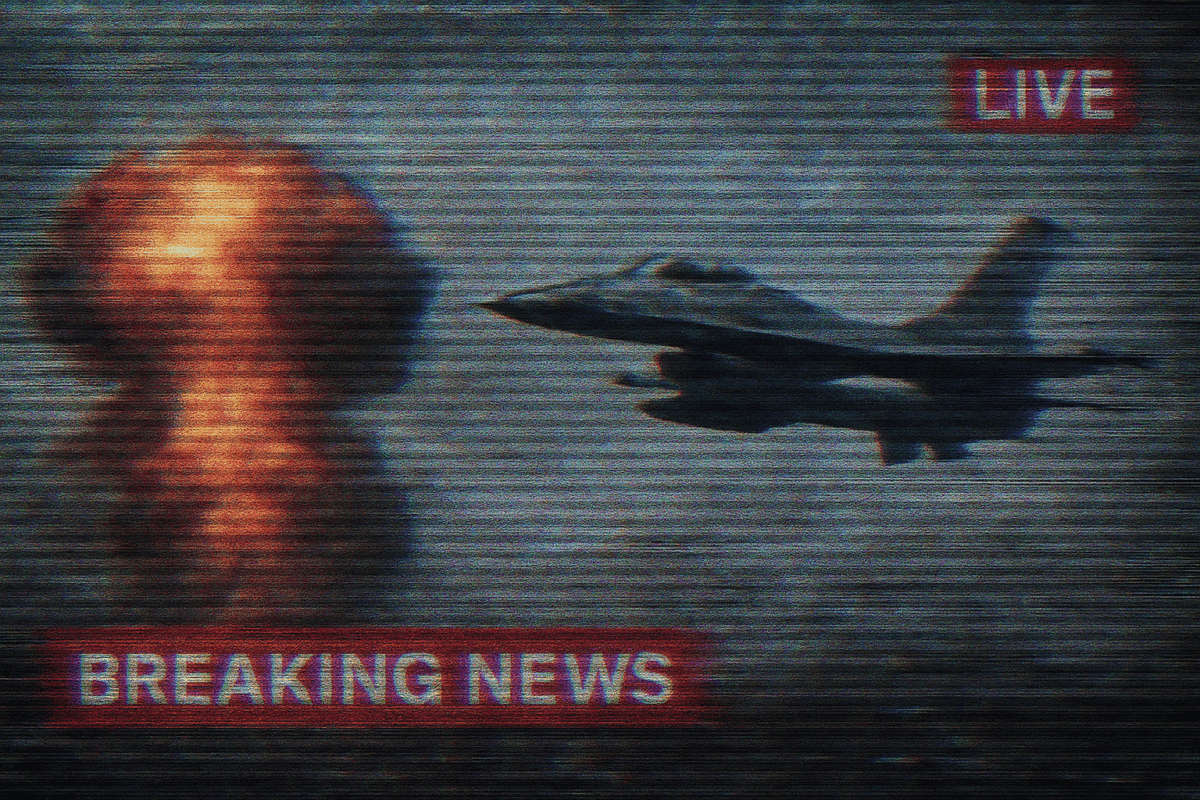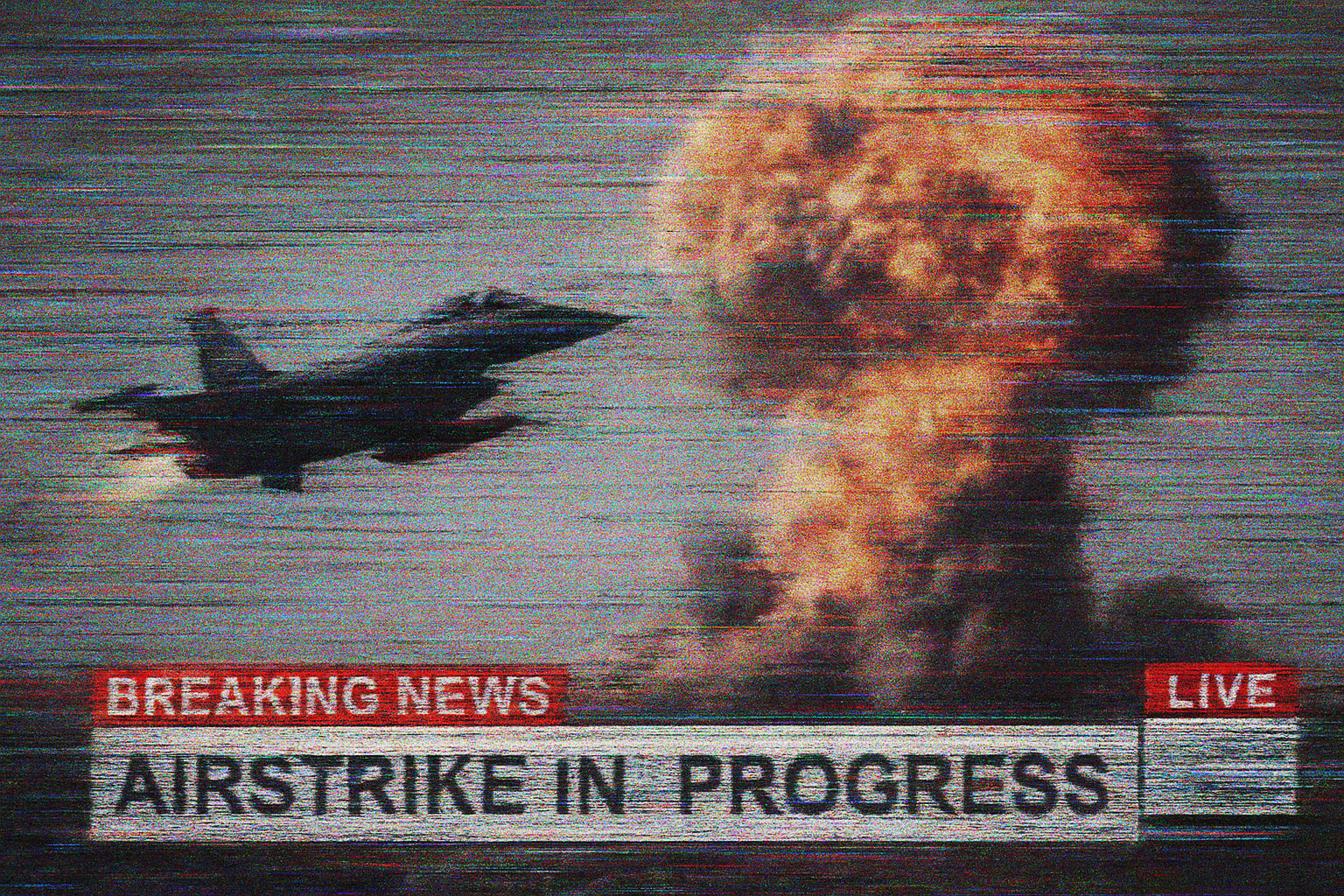World War 3: The War No One Wants, But Everyone Fears
“The first and second world wars changed maps and governments. The third could erase them.”
— Anonymous
What Would World War 3 Look Like?
For decades, the term “World War 3” has loomed like a specter over global politics, diplomacy, and the collective imagination of humankind. It’s whispered in doomsday prophecies, shouted in political debates, and splashed across headlines during moments of international tension. But what would such a war really look like? And more importantly—how close are we?
The Spark That Could Light the Fire
In the 20th century, global wars began with the assassination of an archduke and the rise of fascism. In the 21st, it could be something as simple—and terrifying—as a cyberattack, a misinterpreted missile launch, or even misinformation spiraling out of control on social media.
With nuclear-armed nations on edge, alliances entangled tighter than ever (NATO, AUKUS, BRICS+), and AI now part of defense systems, the margin for error is vanishing.

A War Beyond Borders
If WW3 erupts, it likely won’t be fought just on battlefields. It’ll unfold in data centers, financial networks, and even in space.
- Cyber warfare could cripple entire nations in minutes.
- Drones and AI may replace soldiers, but amplify civilian risks.
- Satellites could become targets, disrupting GPS, communications, and economies.
- Information warfare could fracture societies from within, without a single shot fired.
In many ways, World War 3 may not look like the last two at all—it may be quieter, faster, and far more complex.
The Human Cost
Wars of the past were devastating. World War 3, by most estimates, could be apocalyptic.
- Over 13,000 nuclear warheads still exist today.
- Billions live in cities that would be considered “primary targets.”
- Global supply chains could collapse—food, medicine, fuel all gone in weeks.
- Environmental damage could last centuries.
Even a “limited” world war could cause global economic depression, mass migration, and irreversible psychological trauma.
Is It Inevitable?
Not necessarily. While tensions simmer in regions like Eastern Europe, the South China Sea, and the Middle East, diplomacy is still alive. The world has never had more communication tools, more data, or more citizens aware of the cost of war.
Peace is harder to sell than fear—but it’s not impossible.
What Can We Do?
- Stay informed. Avoid falling for sensationalist or fake news.
- Support dialogue. Push leaders toward negotiation, not escalation.
- Value empathy. See beyond borders and recognize common humanity.
- Invest in peacebuilding. Education, climate action, and cooperation are more powerful than tanks.

Final Thoughts
World War 3 isn’t just a nightmare in a history book yet to be written. It’s a choice. Every generation is handed the question: Will we repeat our past, or finally learn from it?
It’s on us—all of us—to make sure the war that ends all wars never begins.
“Mankind must put an end to war, or war will put an end to mankind.”
— John F. Kennedy







